|
*********************************************************************************
Does your pet have
bad breath or unexplained benign lumps?
Do you want to avoid Chronic
Renal Failure (CRF) or Chronic Kidney Disease (CKD) in senior
pets? Since February is National Pet Dental Health Month, we will
discuss how all the above may be holistically related to bad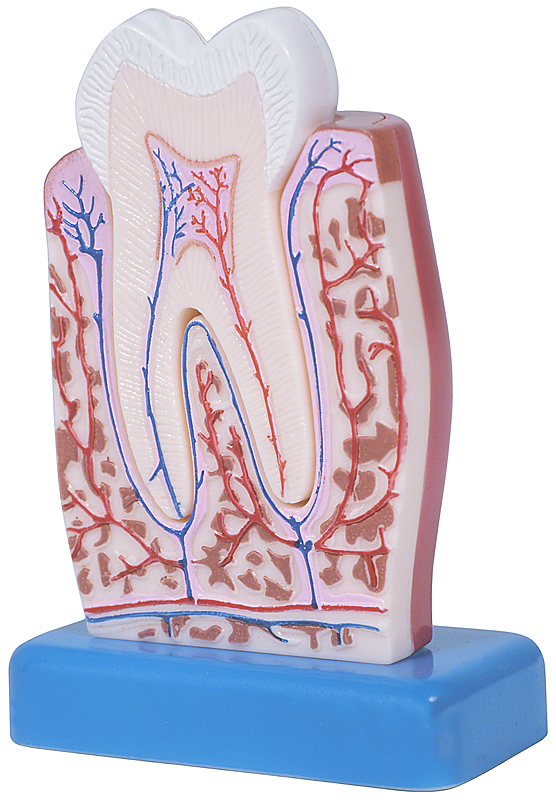 teeth. teeth.
Doggy bad breath
is not normal. It could be a sign your dog has periodontal disease. Some
studies show up to 85% of dogs and cats could have periodontal or gum
disease. According to Australian veterinarian Tom Lonsdale, author of
Raw Meaty Bones Promote Health, if left untreated this could lead to
heart, lung, kidney and joint disease, and
depress the immune system. So
why do our pets have such bad dental health with all the
dental chew
treats and so-called "dental" and "tartar" formula dry kibble? Based on
our
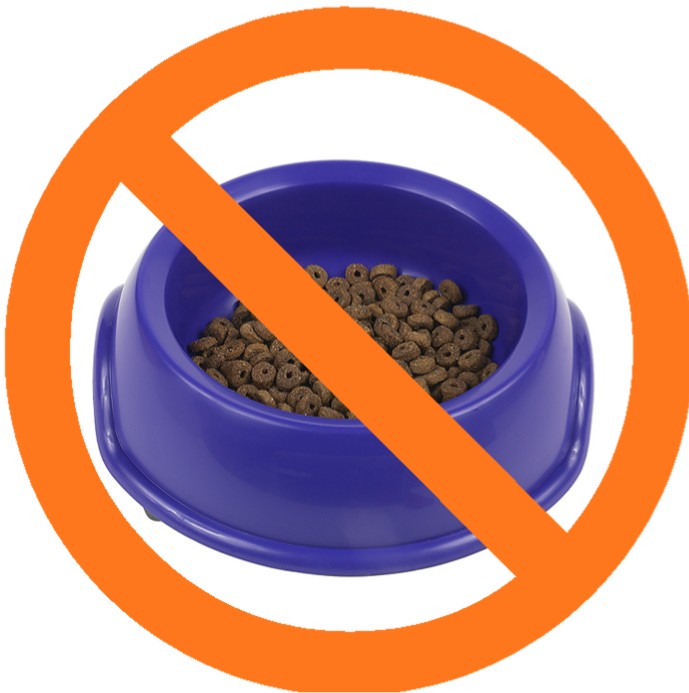 "wholistic" research and the holistic experts we follow, those are
all marketing ploys that simply do not work. Those commercial "dental"
formula dry kibble will clean your pet's teeth no better than
mint-flavored pretzels will clean your teeth. Animal nutrition expert
Kate Solisti, author of the Holistic Animal Handbook, explains that
kibble is particularly bad for the gums of cats. They have pointy teeth
designed to tear meat, not molars to grind kibble. When they try to
crunch kibble with their pointy teeth, it slides between the teeth and
presses against the gum, abrading it and allowing the carbohydrates from
the kibble to enter the bloodstream. Retired, holistic feline
veterinarian. Dr. Jean Hofve (www.LittleBigCat.com) "wholistic" research and the holistic experts we follow, those are
all marketing ploys that simply do not work. Those commercial "dental"
formula dry kibble will clean your pet's teeth no better than
mint-flavored pretzels will clean your teeth. Animal nutrition expert
Kate Solisti, author of the Holistic Animal Handbook, explains that
kibble is particularly bad for the gums of cats. They have pointy teeth
designed to tear meat, not molars to grind kibble. When they try to
crunch kibble with their pointy teeth, it slides between the teeth and
presses against the gum, abrading it and allowing the carbohydrates from
the kibble to enter the bloodstream. Retired, holistic feline
veterinarian. Dr. Jean Hofve (www.LittleBigCat.com) , calls dry kibble "diabetes in a bag" for
cats. According to Dr. Lonsdale (author of
Work Wonders: Feed your dog raw meaty bones), cats and dogs are designed by nature to
get clean teeth from gnawing on raw bones, not crunching kibble. He
feels a diet of processed pet food (kibble and canned) is the cause of
this epidemic of periodontal disease. , calls dry kibble "diabetes in a bag" for
cats. According to Dr. Lonsdale (author of
Work Wonders: Feed your dog raw meaty bones), cats and dogs are designed by nature to
get clean teeth from gnawing on raw bones, not crunching kibble. He
feels a diet of processed pet food (kibble and canned) is the cause of
this epidemic of periodontal disease.
Most holistic vets
are now recommending a diet of raw meat, bones and organs for dogs and
cats to promote
 optimal health and clean teeth. It does take some care
and education to do this safely—we have heard of cases of animals
getting bones stuck in their digestive system, even raw bones, when they
were switched too quickly to a raw diet. We would suggest that you
educate yourself on how to feed a balanced and safe raw diet and work
with a holistic vet during this process. optimal health and clean teeth. It does take some care
and education to do this safely—we have heard of cases of animals
getting bones stuck in their digestive system, even raw bones, when they
were switched too quickly to a raw diet. We would suggest that you
educate yourself on how to feed a balanced and safe raw diet and work
with a holistic vet during this process.
If our pets cannot
clean their teeth the way Nature intended by gnawing on raw bones, then
it's up to us to keep
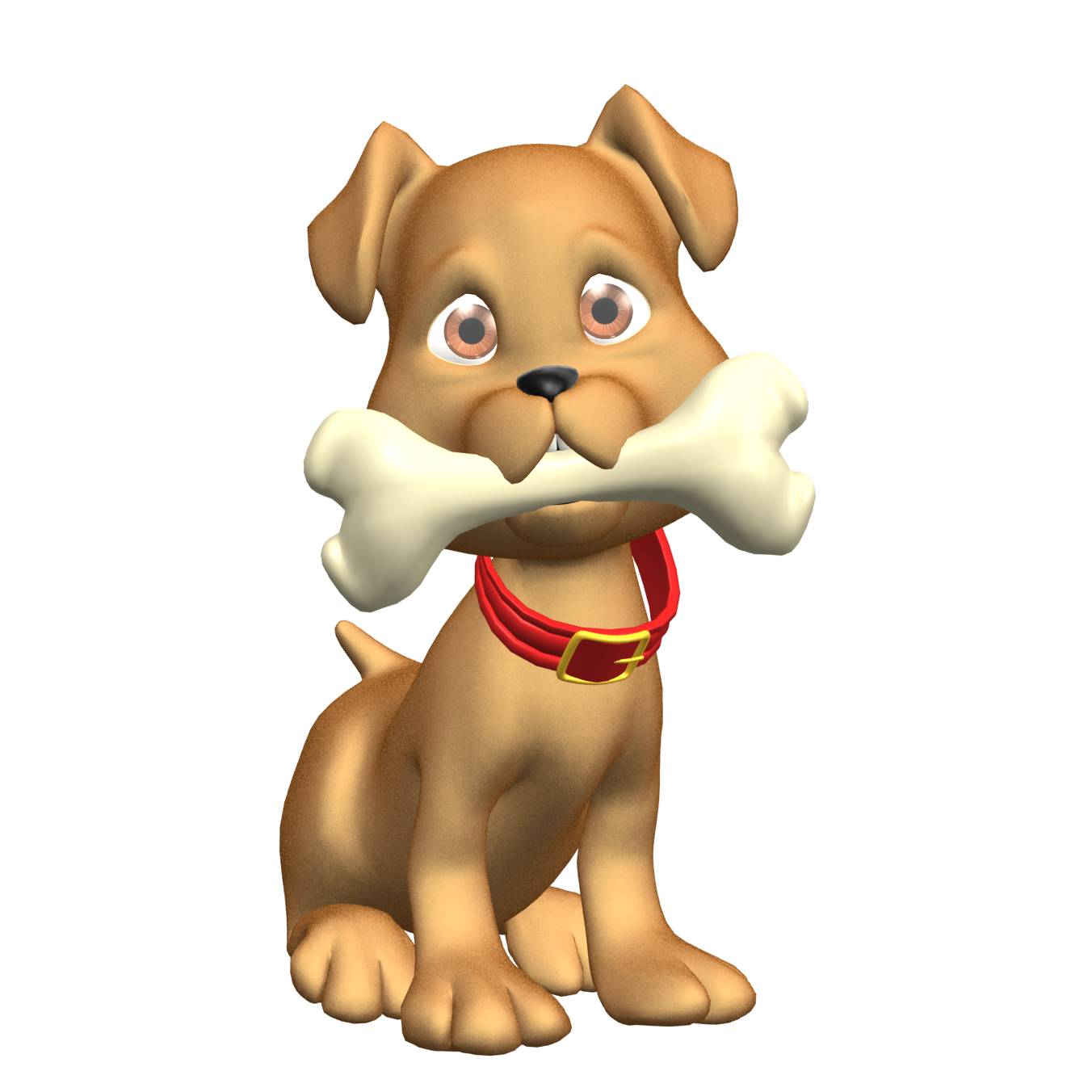 them clean so they have optimal health. An
important part of this care includes professional cleaning every 6 to 12
months by a vet or dental hygienist, just like we do for ourselves.
Do not forget regular x-rays too. Even a visual inspection by a vet may
not them clean so they have optimal health. An
important part of this care includes professional cleaning every 6 to 12
months by a vet or dental hygienist, just like we do for ourselves.
Do not forget regular x-rays too. Even a visual inspection by a vet may
not be enough to identify bad teeth that need to be extracted. One
Chihuahua mix had several loose teeth that needed to be extracted.
Subsequent x-rays discovered two abscessed molars that also needed to
come out. These can be a source of hidden infections compromising the
immune system. Small dogs are prone to bad teeth. be enough to identify bad teeth that need to be extracted. One
Chihuahua mix had several loose teeth that needed to be extracted.
Subsequent x-rays discovered two abscessed molars that also needed to
come out. These can be a source of hidden infections compromising the
immune system. Small dogs are prone to bad teeth.
Our previous dog, a 12 pound Chihuahua
mix named Mikki, was no exception. In spite of giving her raw meaty
bones, brushing her teeth and taking her for anesthesia-free teeth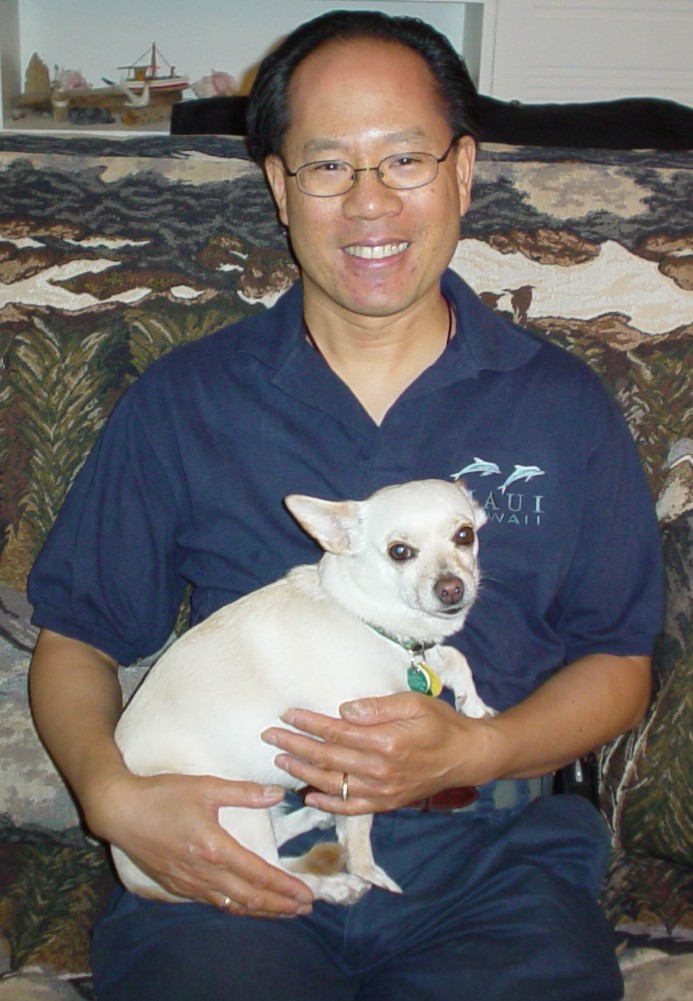 cleaning, she still had bad teeth. By the time she died at age 18 years,
she had half her teeth taken out. We are sure that one of the reasons
she got Chronic Renal Failure (CRF) is because of her bad teeth. Every
time we had some of Mikki’s bad teeth removed the benign lumps on her would
decrease in size. Apparently, these lumps were collection spots for the
toxins the bad teeth created. This wholistic principle applies to both
people and pets.
cleaning, she still had bad teeth. By the time she died at age 18 years,
she had half her teeth taken out. We are sure that one of the reasons
she got Chronic Renal Failure (CRF) is because of her bad teeth. Every
time we had some of Mikki’s bad teeth removed the benign lumps on her would
decrease in size. Apparently, these lumps were collection spots for the
toxins the bad teeth created. This wholistic principle applies to both
people and pets.
In addition to these periodic cleanings, most vets recommend regular
tooth brushing, if your pet will let you do it. Make sure to use
toothpaste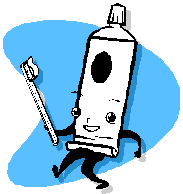 designed for cats and dogs as they will swallow it and human
toothpaste could be toxic to them. You can also try various chew toys
and treats to clean teeth, but be careful to read the ingredients labels
on treats. One of the most popular teeth cleaning treats, which is green
and shaped like a toothbrush, contains wheat gluten as the main
ingredient. Since dogs are carnivores, we feel it makes more sense to
feed a meat-based treat such as hard “bully sticks” or beef tendons. If
you do not have a specialty pet store in your area that offers these,
you can order them online in different sizes to accommodate all sizes of
dogs. Rawhide treats are widely used to clean teeth too but we do not
feel comfortable giving this to our dog since rawhide is often highly
processed and pieces of it could possibly be swallowed and get stuck in
the digestive tract. designed for cats and dogs as they will swallow it and human
toothpaste could be toxic to them. You can also try various chew toys
and treats to clean teeth, but be careful to read the ingredients labels
on treats. One of the most popular teeth cleaning treats, which is green
and shaped like a toothbrush, contains wheat gluten as the main
ingredient. Since dogs are carnivores, we feel it makes more sense to
feed a meat-based treat such as hard “bully sticks” or beef tendons. If
you do not have a specialty pet store in your area that offers these,
you can order them online in different sizes to accommodate all sizes of
dogs. Rawhide treats are widely used to clean teeth too but we do not
feel comfortable giving this to our dog since rawhide is often highly
processed and pieces of it could possibly be swallowed and get stuck in
the digestive tract.
Unfortunately, regular teeth cleaning means
putting your pet under general anesthesia. We do not feel holistically
it is good for our pets' health to experience anesthesia every
 six
months. Anesthesia, like other drugs, is a toxin that the body has to
work hard at eliminating so while the periodontal disease is being
reduced, the toxin load on the body is being increased. If
you have a senior pet or do not want your pet to experience anesthesia
frequently, one solution is to take your pet to someone who is
trained in anesthesia-free teeth cleaning. Technicians are trained
and veterinary-supervised to clean
using the same techniques as a vet—cleaning under the gum line and
polishing the teeth afterwards. If the person is skilled at handling
animals, they can perform this service on most pets, including cats. We prefer to take our pets for an
anesthesia-free teeth cleaning session here in Denver. This is
especially good for small dogs, so they do not have to be put under
anesthesia every 6 months. Senior dogs that cannot tolerate anesthesia
would also benefit. Cindy Lloyd is a Certified Pet Dental Hygienist in
the Denver area. She is a founding member of www.WellAnimalInstitute.com/.
You may contact her at info@WellAnimalInstitute.com
or at:
Cindy@NaturalPetProducts.net or 303-654-0560. six
months. Anesthesia, like other drugs, is a toxin that the body has to
work hard at eliminating so while the periodontal disease is being
reduced, the toxin load on the body is being increased. If
you have a senior pet or do not want your pet to experience anesthesia
frequently, one solution is to take your pet to someone who is
trained in anesthesia-free teeth cleaning. Technicians are trained
and veterinary-supervised to clean
using the same techniques as a vet—cleaning under the gum line and
polishing the teeth afterwards. If the person is skilled at handling
animals, they can perform this service on most pets, including cats. We prefer to take our pets for an
anesthesia-free teeth cleaning session here in Denver. This is
especially good for small dogs, so they do not have to be put under
anesthesia every 6 months. Senior dogs that cannot tolerate anesthesia
would also benefit. Cindy Lloyd is a Certified Pet Dental Hygienist in
the Denver area. She is a founding member of www.WellAnimalInstitute.com/.
You may contact her at info@WellAnimalInstitute.com
or at:
Cindy@NaturalPetProducts.net or 303-654-0560.
To find out if there is a practitioner that does anesthesia-free teeth
cleaning for pets in your area, the best way is to search on the Internet
for "anesthesia-free teeth cleaning" in your location or ask your local vet and pet stores for a
referral.
Well
Animal Institute
publishes a list of students that have graduated from their
anesthesia-free teeth cleaning program. Go to their
School/Students tab on their horizontal menu bar from their home
page:
www.wellanimalinstitute.com/school/students
Here are some photo results of anesthesia-free
teeth cleaning.
|
 |
 |
| Before |
After |
|
